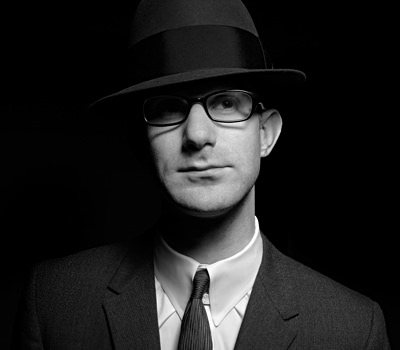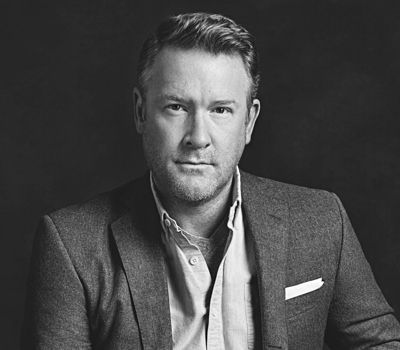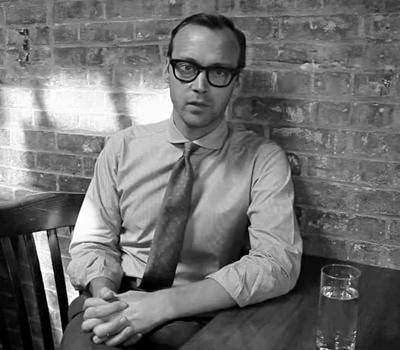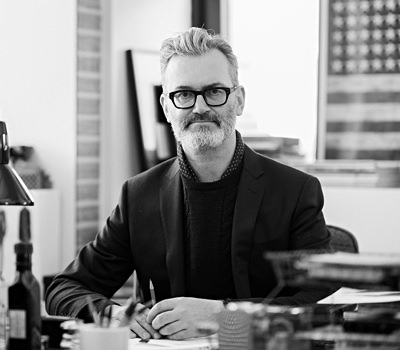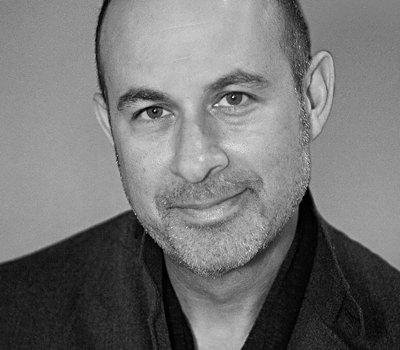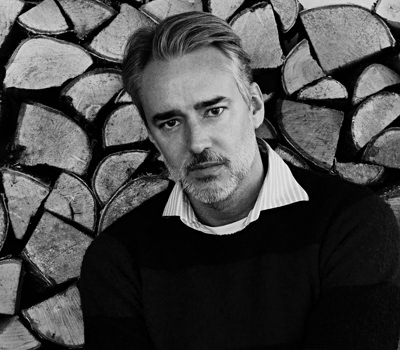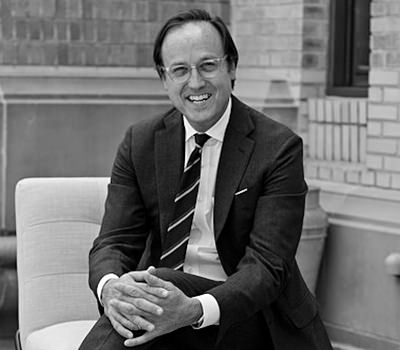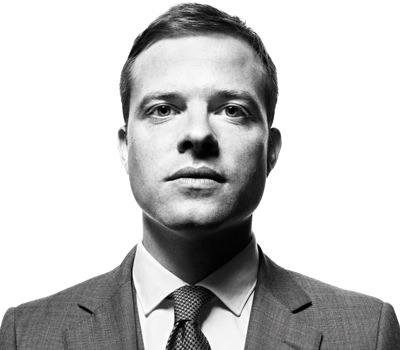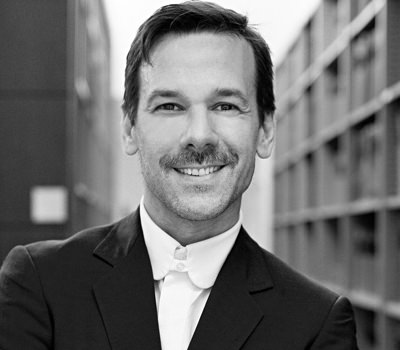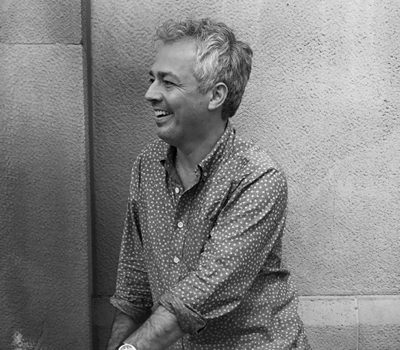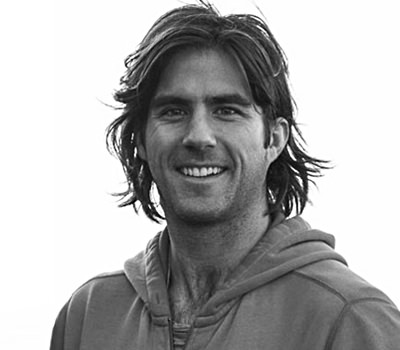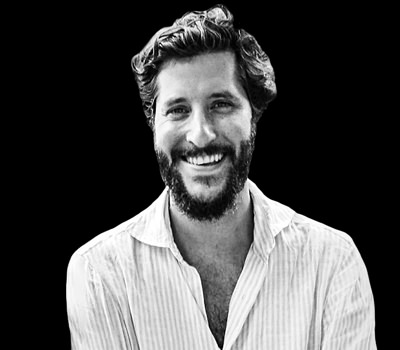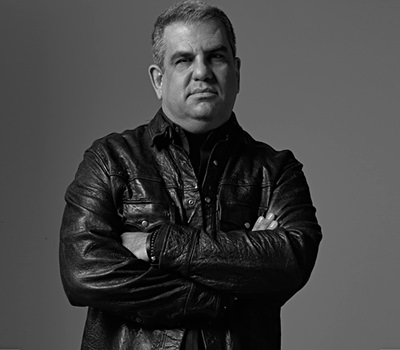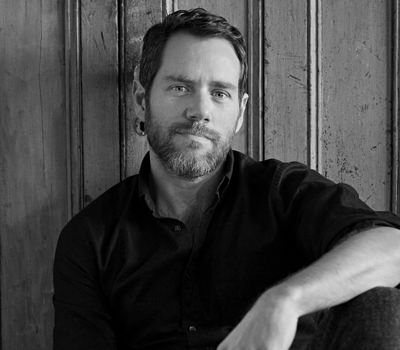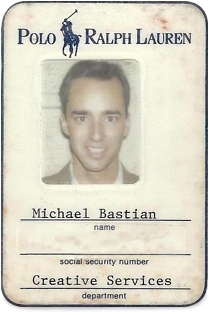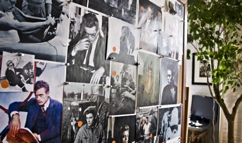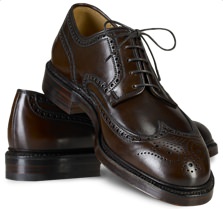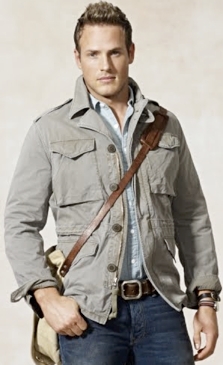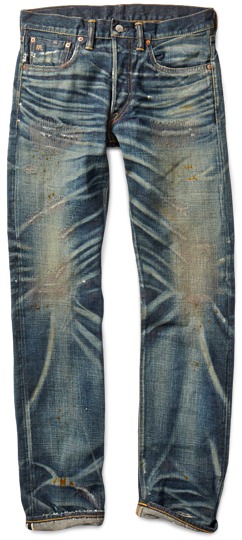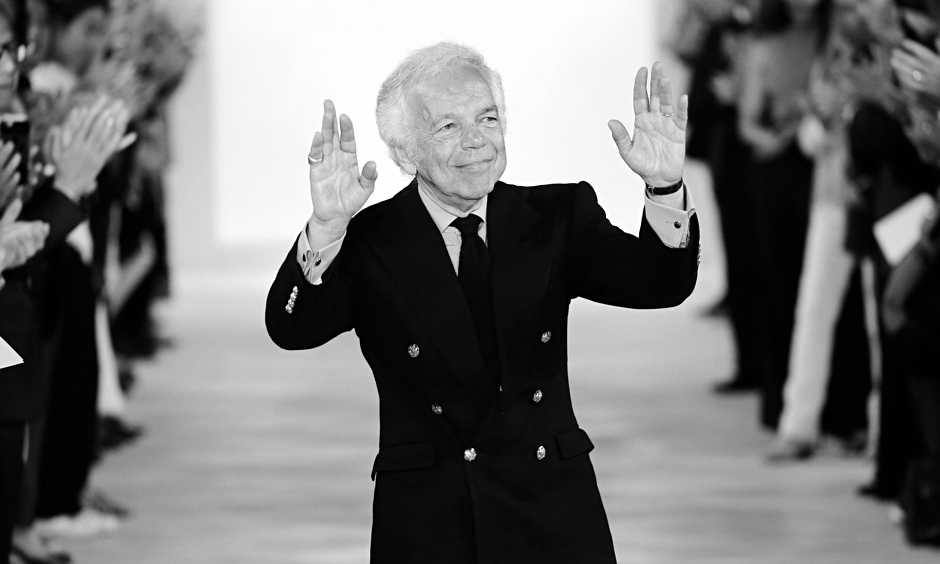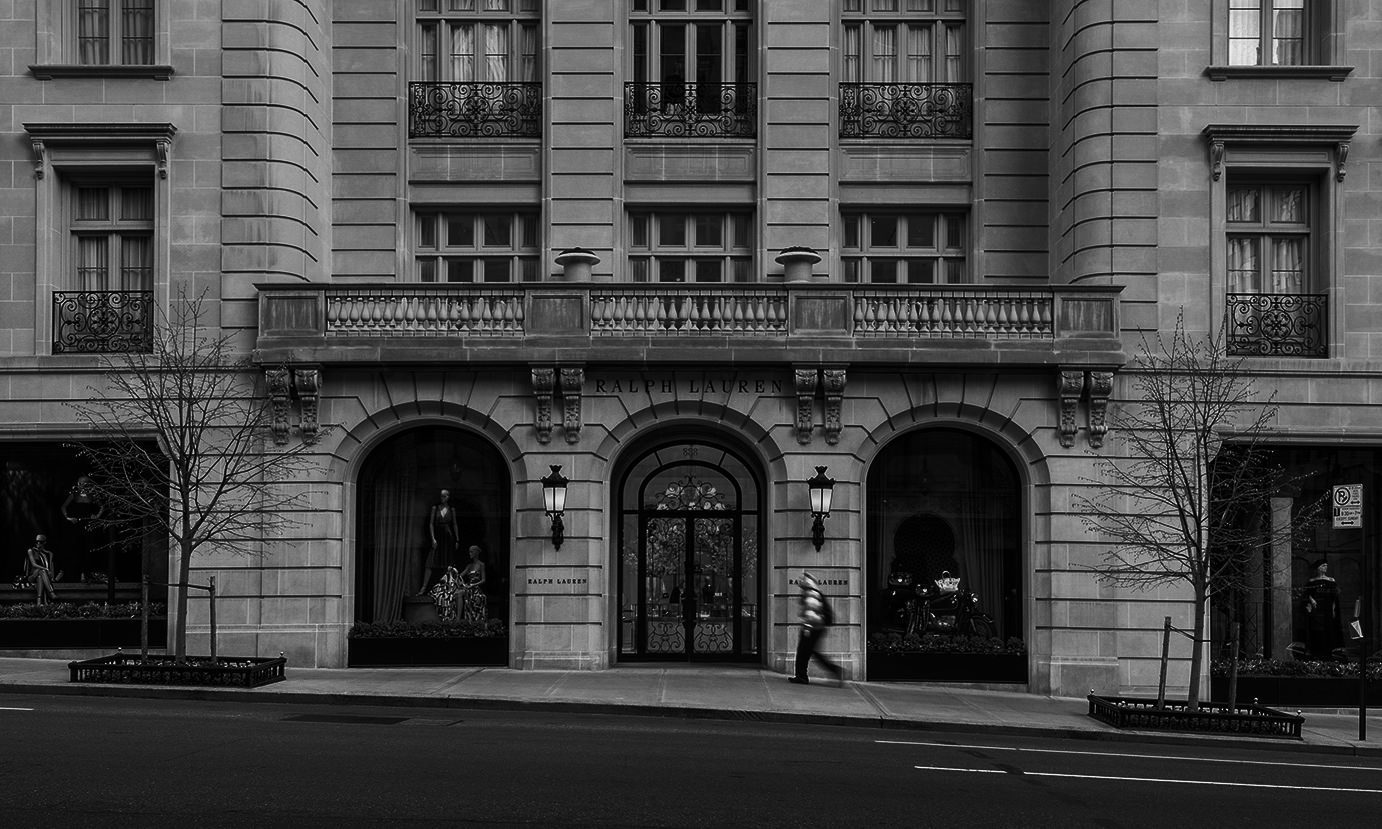

Ralph Lauren University
Ralph Lauren University
Ralph Lauren University
Some of the biggest names in menswear have one thing in common—they all called Ralph Lauren boss.
So what does the living legend teach his students?
T

There are many great American designers. But maybe none quite as great or quite as American as Ralph Lauren. After all, the story of Ralph Lauren—both the man and the brand—is one of the great American success stories. How the son of two immigrants became a self-made billionaire through hard work and sheer ingenuity. A man who, without formal design training, went on to become one of the world's most successful designers. "I never went to fashion school, but I had a passion for something that I felt inside of me that I was able to express through clothes," Ralph Lauren wrote in his eponymous book. "I was going to college at night and went to work for a well-respected tie company. They gave me a drawer to work out of in the Empire State Building." From that drawer, he launched the Polo label in 1967. Years later, in an interview with The New York Times, he said he used the name Polo because it "had that vaguely English sense to it." It was clear to him, even back then, that fashion was nothing without a story to go along with it.
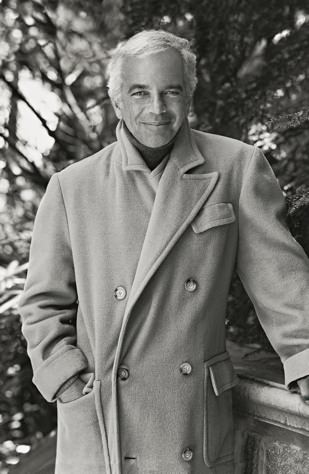
The man, the myth, the legend: Ralph Lauren
Considered one the first true lifestyle brands, Ralph Lauren is not known for a single signature look, but rather for his stylish interpretation of the American dream. Polished but rustic, at once casual and tailored. The look that he created has come to epitomize American style over the last few decades. And over the years, the RL brand developed sub-labels to better serve that lifestyle. Polo Sport, high-end Purple and Black labels, a rough-and-tumble RRL and younger, more affordable brands like Rugby, just to name a few.
An empire in the truest sense of the word, the Ralph Lauren brand is a big, sweeping company that attracts some of the best and the brightest in the industry. So it's not surprising that some of menswear's top design talents spent their formative years learning the ropes from within the elegant, wood-paneled halls of Ralph Lauren headquarters. It's become a rite of passage. A training ground for those looking to do phenomenal work. It's even garnered a nickname with industry insiders. Dubbed "Ralph Lauren University" or "Polo U," the alumni list reads like a roster of the men responsible for America's resurgence in menswear over the last few years. Valet. tracked down more than a dozen prestigious graduates to talk about the best and worst parts about working for a man like Ralph Lauren and other lessons learned from that hallowed alma mater.

